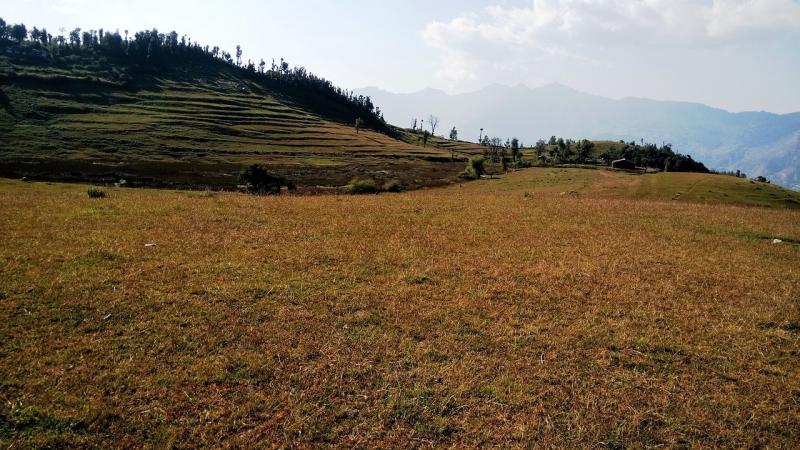
Savannas are incredible systems with a mix of woody trees, shrubs and grass that are sometimes viewed as transitional ecosystems between forests and grasslands. While savannas are found across Africa, Asia, South America and Australia, in India, they have historically been mis- classified as dry deciduous “forests”, which are characterised by tall trees that drop their leaves during winter and spring months. In fact, in 1975, Robert Whittaker, a prominent ecologist, classified many of these regions of the tropics as “ecosystems uncertain” due to their unpredictable vegetation.
In a study, published in the journal Frontiers in Ecology and Evolution, researchers from the National Centre for Biological Sciences, Bengaluru, have shown that grass-fuelled fires and seasonal drought, which are the characteristics of savannas, are also observed in the dry deciduous “forests” in India. These findings add to a growing body of evidence that these systems are, in fact, savannas. The study was funded by the Department of Science and Technology and the Rufford Small Grants Foundation.
“The formal classifications of the vegetation of South and Southeast Asia originated in the colonial era when foresters, trained in forestry traditions from the West, described the vegetation of the region, primarily from the perspective of timber and other extractive uses”, says Dr Jayashree Ratnam, the lead author of the study. “Since they focused on the trees, most vegetation types in the region with some trees in them were described as forests. Hence, they failed to distinguish vegetation types with open tree canopies such as savannas from forests with closed tree canopies”, she adds.
The researchers collected data on traits such as tree height, bark thickness and specific leaf area (a measure of the area of a leaf per unit mass). The measurements were obtained from trees belonging to 75 dry deciduous “forest” tree species, and 95 evergreen forest tree species from various locations across India. The study sites included Sirsi, Shettihalli and Coorg in Karnataka, Timbuktu and Nagarjunsager in Andhra Pradesh, Amrabad in Telangana and Kalakkad-Mundanthurai in Tamil Nadu.
Wildfires play an essential role in separating the savannas from evergreen forests, with the two ecosystems often found close together in the humid tropical regions. Grass-fuelled fires frequently occur in the savannas, while fires rarely happen in shaded forests. Hence, the trees in the savannas are expected to have thick barks, thin canopies and leaves with lower specific leaf areas, with most of the plant biomass stored below the ground in roots—all to protect against such regular fires. Since forest fires are not frequent in evergreen forests, those trees should have thinner barks and broader leaves.
The study reflects this trend of trees in the sampled dry deciduous “forests” having thick barks that serve to protect them from fire. These trees also have leaves with lower specific leaf areas that limit desiccation in water-stressed environments. The study confirms that savanna trees have higher wood density, reduced specific leaf area and thickened barks, showing adaptation to their fire-prone and seasonally dry habitats.
The findings of the study confirm that these dry deciduous "forests" dominated by grassy undergrowth are indeed mesic deciduous savannas, where water-stress and fire play essential roles in their maintenance. Yet, the Indian Forest Policy recognises the setting of fire as a punishable offence which has led to a widespread problem of invasive species taking over native plants, as fire seems to retard the spread of invasive plants and aids in the regeneration of native species.
“Many of the savannas in this study are protected areas as they are also home to endangered and important species like the Asian elephant, gaur and tiger. While it is crucial that they retain their protected status, the management in these areas must also account for the ecological functioning of these ecosystems, which have historically evolved with fire”, remarks Dr Ratnam. “The use of prescribed fire as a management tool, which is a well-established practice elsewhere in the world, should be considered to maintain heterogeneity and biodiversity in mixed tree-grass systems such as these dry deciduous forests”, she signs off.





